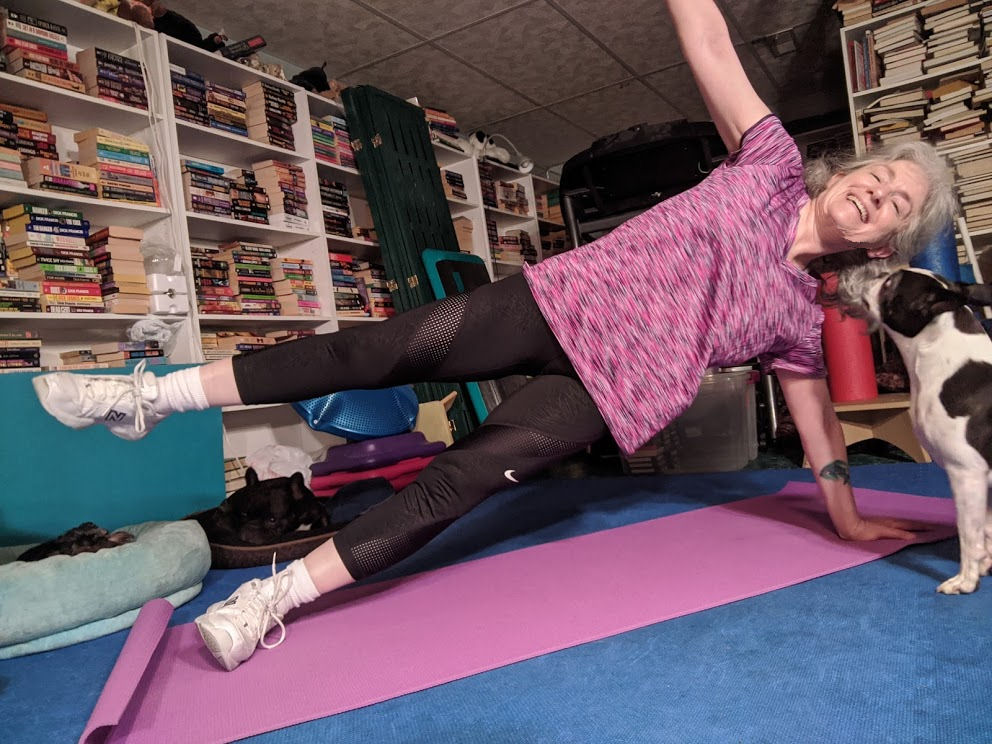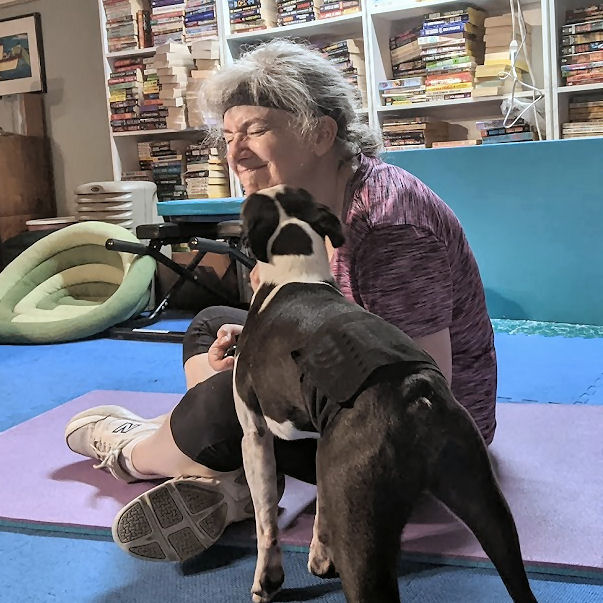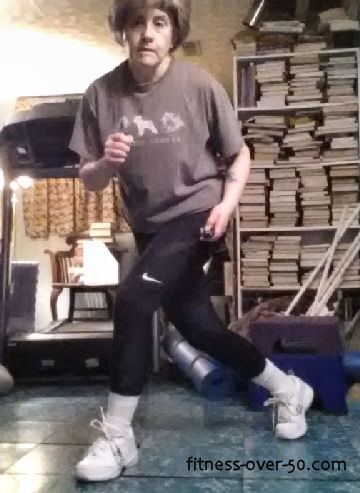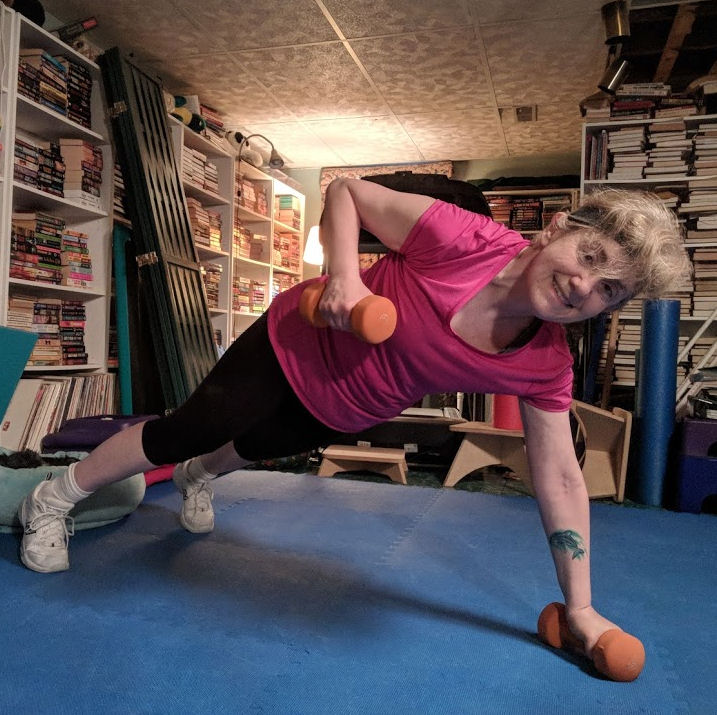If you follow fitness “gurus” on social media, you’ll likely see the phrases, “Go for the burn,” or “Give it your all,” or “Don’t save anything.” And you’ll probably see people on videos doing running so much faster than you can, or doing insane things with their bodies. Don’t compare yourself to others. Everyone is at a different point in their fitness journey. No one else’s body is like yours. You have different experiences than everyone else.
It’s normal to compare ourselves to our peers. Psychologists call it “social comparison theory.” It’s an attempt to understand ourselves and our place in society. Juliana Breines Ph.D. says that social comparisons can be helpful when “we remember that even the most successful people struggle in some ways and are just as human and fallible as we are—and that, for all our foibles and shortcomings, we are just as capable of greatness.”
But it’s easy to fall into the trap of coming down hard on ourselves when we compare ourselves to others. “I’m not as good.” Or, “I’ll never be able to do that.”
Be reasonable
I used to see videos of people running, sweating buckets, going faster than I thought any human had a right to go just to exercise. I thought, “They’re crazy. Running is for the birds.” Years ago I could never see myself running for exercise. And then I took up agility with my dogs. In order to succeed, most handlers need to be fit and able to run. Now, no person can run as fast as most dogs can run, but an agility handler has to be in the proper position to give their dog direction. In class, I was out of breath in no time. So I thought that I should put the treadmill in the basement to use and work on my stamina. I began to use the treadmill for 20 minutes twice a week. At first I couldn’t run for longer than 15 seconds at a time at a very low speed, walking between running intervals. I had to motivate myself to run because it was hard at first and I had no really good reason to do it otherwise.
But I persisted and built up the time and speed. I still can’t run for more than a minute at a time, but that’s OK. An agility run is usually less than a minute. And now my speed is over 7 miles an hour at my fastest. I’m not where I need to be yet, but that’s OK. I know that running on an agility course is much different than on a treadmill, but it’s a start.
It doesn’t matter how fast the other person is going
It doesn’t matter how fast that instructor is running. You’re you. You may be older than that person. And you may need to work on your endurance. Your body should get used to the movements before you intensify them. If you’re just starting, it would be a very bad idea to go all out at first. You’d end up injuring yourself and unable to do it again in a couple of days. If you’re serious about that goal, like I am about running, consistency is key. You don’t want to start over again next week.
The point is, be kind to yourself. Start at a reasonable level for you. And challenge yourself. In your quest for healthy aging, have a goal. Push yourself – not crazily, but enough that you’re able to see consistent improvements. Your goal should not be easy to achieve, but it should be achievable.
I do different things with my exercise routines. I try different yoga poses. Sometimes I fall on my face (but I practice on a nice thick mat). I try to achieve that Side Plank Star periodically, just to see if I still can. All part of my quest for healthy aging. You may think that’s weird. And that’s OK.
Your goal is yours
Your goal should not be mine. Running fast shouldn’t be your goal. (Unless, of course, you really want to run fast.) But it’s mine. Don’t compare yourself to others. If you want to be able to do five push-ups and you feel embarrassed that you can’t even do one, don’t be. You’re you. Your arms and shoulders are put on differently than the person whose video you saw online who could crank out fifteen and not break a sweat. Your core may not be as strong. But you can work at it and, if you’re persistent, and that’s what you really want, you’ll do it. You’ll modify moves at first and persist. Don’t compare yourself to others. Because everyone is different.










